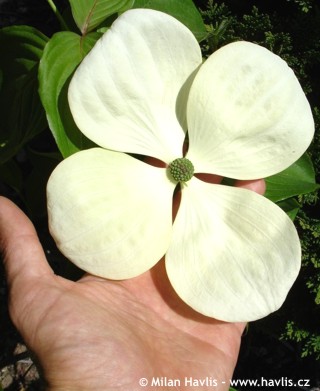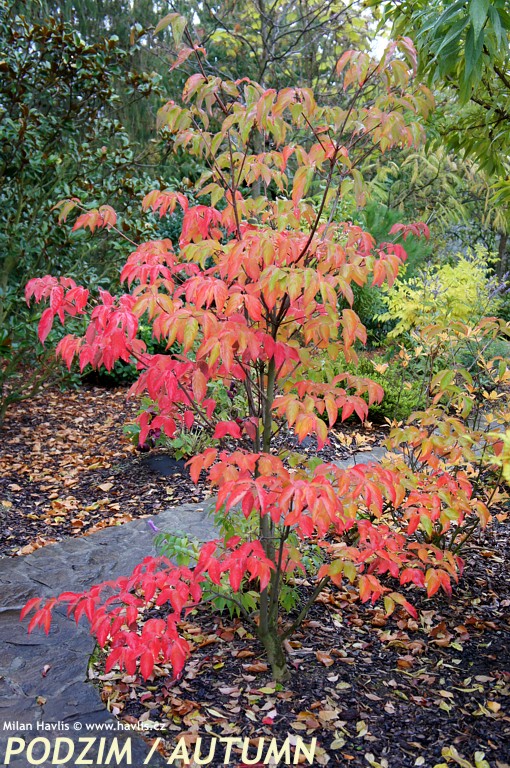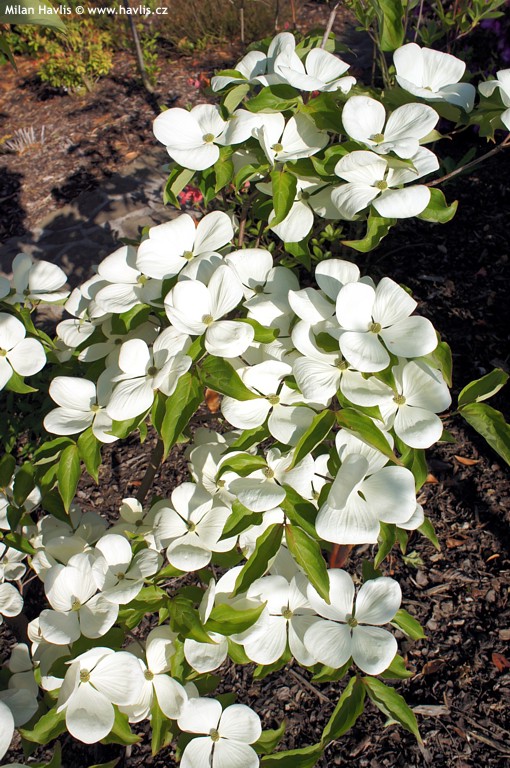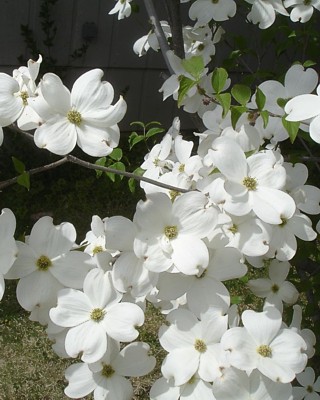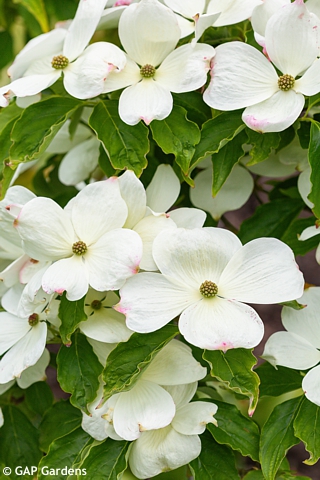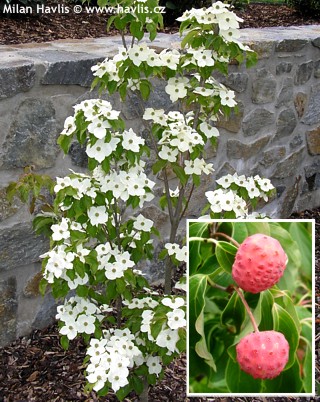Cornus ('KN30-8') 'VENUS®' Venus® dogwood
size/type
taller shrub,taller shrub
usual height
2-4m
usual width
3-5m
leaves
deciduous broadleaf
colour of leaves
flowers
showy
colour of flowers
blooming time
June-June
location
full sun
soil type
acidic (peaty)
soil moisture requirements
evenly moist (dislikes drought)
USDA zone (lowest)
5 (down to -29°C)
winter protection
for zone 5+6

for zone 7

categorized
Cornus
This dogwood comes from an interspecific hybridization of Japanese dogwood and cornus nuttallii. Dr. Elwin R.Orton from the Rutgers University of New Jersey, USA was the man behind this work that began in 1983 and 20 years later he was able to have his superb plant patented under patent number PP16309. The aim was to bring a plant with superior winter hardiness as well has resistance against the so-called dogwood decline in the USA caused by the anthracnose epidemic in the last decades of 20th century and powdery mildew.Description of the plant:
Venus® is a trade name for this lovely plant. It is truly much nicer than the original variety name “KN30-8”. It is as mathematical as the breeding equation: (cornus kousa „Chinensis“ x cornus nuttalli „Goldspot“ ) x cornus kousa „Rosea“. The result being extremely large bracts composed around a flower head (we call this a flower, to keep it simple). The flowers are pure to cream white, 15 to 18 cm across and open up in late May or rather early June. They persist for 2-3 weeks, weather conditions pending. Quantity and size of flowers vary from year to year. Pointed leaves are deciduous, ovate, dark green and do not curl or droop as much as their parents´ leaves. In autumn they change to bright orange-red.
This dogwood grows a little faster than its parents, and gets rather wide than tall. Pruning is not needed. But if you want to shape it or reduce its size do so as soon as possible after flowering so it can set buds for the following year. It is resistant to diseases and borers.
Venus® dogwood will look its best when planted as a free-standing specimen. Its numerous, divine flowers will then have the undivided attention in late spring and you will be able to enjoy the structure of a densely leaved plant until autumn. If however your aim is to have it in a group, consider the companions carefully. We suggest combining it with compact or dwarf, or even ground-covering varieties only, so that each plant has its attention. Yakushimanum rhododendrons, dwarf conifers, and/or evergreen groundcovers could do the job.
Every dogwood likes acidic soil, rich in organic material, and always moist. Some gardeners advise planting it in semi-shade to reduce summer sunlight but we do not recommend that. Plant it in full sun and mulch the roots well. In dry spells provide extra watering and thus you can be sure your dogwood will flower profusely and will be richer and healthier. Though Venus® is more drought tolerant than other dogwood species. Use of selective fertilizers supporting flowering and leaf colour is advised. Fully hardy to about -29°C (USDA zone 5).
Last update 18-12-2007
QUICK PRICE OVERVIEW
CURRENTLY SOLD OUT












